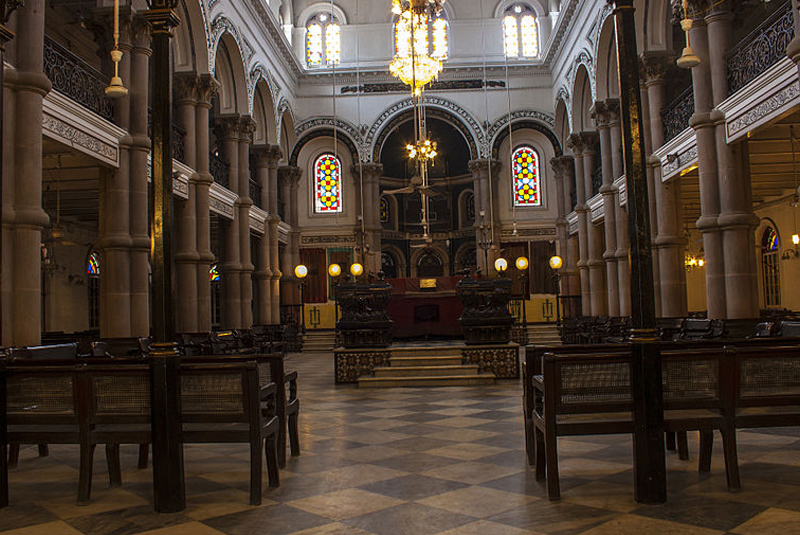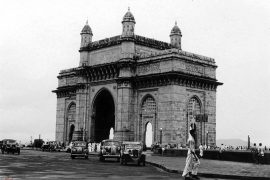Calcutta’s location, approximately 150 kilometres upstream from the Bay of Bengal, made it an excellent destination for international commerce. The city served as the capital of British India for almost 140 years, from 1772 to 1911. A thriving commercial metropolis on the banks of the river Hooghly, it attracted many immigrant groups—from Chinese to Armenians to Greeks—to the flourishing metropolis for trade. Amongst the immigrants who saw the opportunity to prosper were the ‘Baghdadi Jews’ of the Middle East.
The story begins with Shalom Cohen, who, seeking a prosperous future, travelled to Calcutta with his family. He travelled from Surat after predicting its economic and political decline. The family arrived in 1798, which is marked as the founding year of the Jewish Community in Calcutta.
Cohen’s business enterprises flourished. As his business empire expanded, word of Cohen’s success in the diamond, silk, indigo, opium, and cotton trades spread. Inspired by his success, many Jews migrated to Calcutta. Consequently, the city’s Jewish population exploded. Many others, mostly from Iraq and Syria, followed suit and started similar export businesses. In the mid-to-late 1800s, they constructed synagogues to accommodate the city’s 3,000 Jews.
-30-
Copyright©Madras Courier, All Rights Reserved. You may share using our article tools. Please don't cut articles from madrascourier.com and redistribute by email, post to the web, mobile phone or social media.Please send in your feed back and comments to [email protected]











